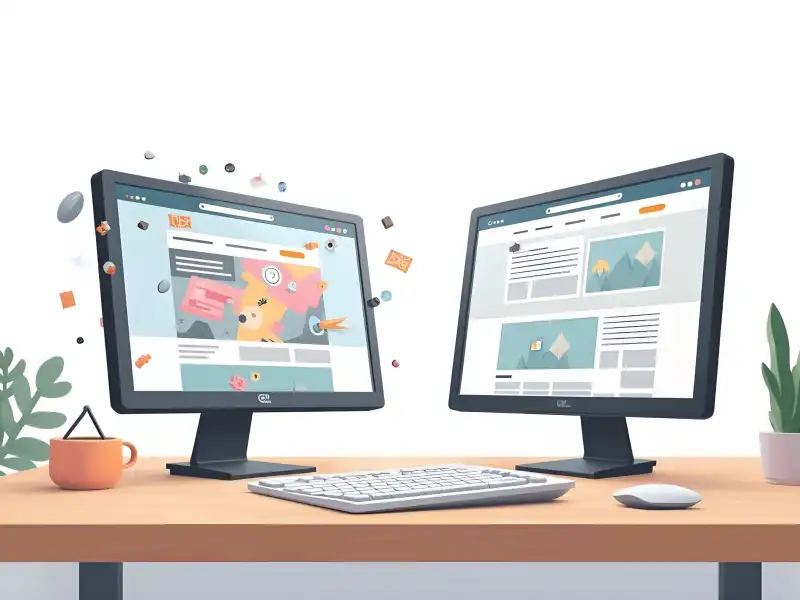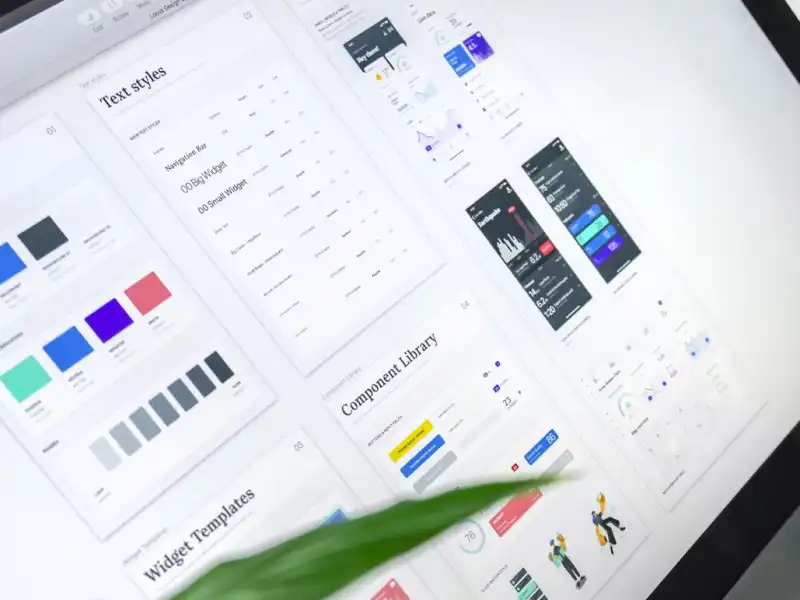In UI UX design, navigation is the system that lets users move through a digital interface, such as a website or app, efficiently and intuitively. The navigation is the element that directly affects user experience, engagement, and user satisfaction.
Usually, designers look for good navigation when they create simple and consistent menus with clear labels that also have recognizable symbols. This also leads to usability testing that refines navigation paths and assures users can find information quickly and easily.
However, if you are still wondering why navigation is important in UX design, you have come to the right place.
Great navigation comes as a vital part of how users enjoy a positive experience, leading to how people feel about a product, like a website or even a mobile app. Designers also need to understand their users thoroughly and think carefully about how they can organize information. Ultimately, the navigation is seen as a silent guide that is crucial, especially for first-time users.
When it comes to navigation, information architecture is also vital for a good user experience. Information architecture (IA) is one of the most important ingredients for designers and can organize the structure created, helping users understand and navigate a website or app better.
It is the process that covers the overall organization, labeling, and structuring of the information it has. For good navigation, an organized structure that defines how a designer groups information, as well as categories, and how they can be related to one another.
Content structure also focuses on navigation, but more clearly, it focuses on how information shows up and the hierarchy and types of content that are used in the UI UX design project. Even more so, navigation structure also holds and outlines the paths and tools that are needed by users for moving through the information presented, such as links, menus, and even search functions.
An effective navigation needs to be based on a design that takes care of the user. It leads to better user satisfaction as well as enables efficiency in your users’ workflow. Even more so, there are multiple benefits to designing a smooth navigation system, such as:
- Offering quick access: Your users need to find the reason they entered your platform as quickly as a few seconds. So, offer them the purpose of your website quickly.
- Enhances user engagement: A design that is intuitive will all the time keep your users on the platform longer, as well as reduce frustration as well as the learning curve.
- Improve conversion rates: A clear path for a desired action raises user satisfaction and experience, increasing the possibility of conversions.
- Scalability: It is also a good idea to maintain a scalable navigation and add features and content without overwhelming the user.
So, whether you are looking for an object-oriented, task-oriented, or workflow-based navigation, you need to keep in mind who you are addressing. Your users are the ultimate power when it comes to your design. So, keep in mind that effective navigation makes your UX skyrocket, being capable of making the difference between a product that is usable and one that can engage possible users.
We at uinkits understand the importance of great user experiences and creating amazing UI designs. That’s why we’ve developed a Figma UI Kit with design components that include these essential UI elements that enable you to design intuitive and user-friendly interfaces effortlessly.
“You press the button, we do the rest.” – Kodak.
Inspired by this iconic tagline from Kodak, we believe in simplifying the design process for you. Our Figma UI Kit, uinkits, is a complete design system with UI components that allows you, as a UI UX designer, to create your products as quickly as pressing a button.
Our design system includes UI components, icons, variables, cards, buttons and everything you need for your design process. All you have to do is take your UI design component needed, and you’re ready to use it in your designs!








